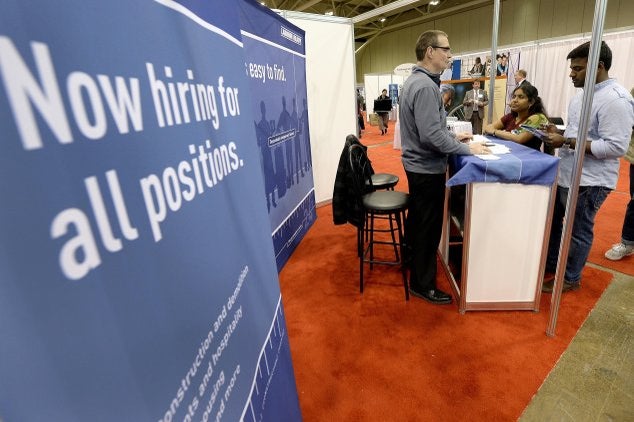Canadian Inflation (October 2020)
Posted on Nov 18, 2020 in Economics
 Canadian inflation, as measured by the Consumer Price Index (CPI) rose by 0.7% in October year-over-year, up from the previous month's increase of 0.5%. Excluding gasoline, the CPI rose by 1.1%. Prices rose in five of eight components year-over-year in October, with food contributing the most to the increase due to rising prices for lettuce as a re...
Canadian inflation, as measured by the Consumer Price Index (CPI) rose by 0.7% in October year-over-year, up from the previous month's increase of 0.5%. Excluding gasoline, the CPI rose by 1.1%. Prices rose in five of eight components year-over-year in October, with food contributing the most to the increase due to rising prices for lettuce as a re...Canadian Housing Starts (October 2020)
Posted on Nov 17, 2020 in Economics
 Canadian housing starts increased by 3% m/m to 214,875 units in October at a seasonally adjusted annual rate (SAAR), following a decline in September. Housing starts increased in 6 of 10 provinces with strong gains in Manitoba and Alberta. Building activity gained momentum in the single-detached segment, while multi-unit starts declined slightly. O...
Canadian housing starts increased by 3% m/m to 214,875 units in October at a seasonally adjusted annual rate (SAAR), following a decline in September. Housing starts increased in 6 of 10 provinces with strong gains in Manitoba and Alberta. Building activity gained momentum in the single-detached segment, while multi-unit starts declined slightly. O...Canadian Employment (October 2020)
Posted on Nov 08, 2020 in Economics
 Canadian employment gained 84k jobs in October (0.5%, m/m), following a gain of 378k in September. This is the sixth consecutive month of increases, putting national employment within 636k of its pre-COVID February level. The national unemployment rate was little changed at 8.9%, as some provinces reinstated containment measures targeted at restaur...
Canadian employment gained 84k jobs in October (0.5%, m/m), following a gain of 378k in September. This is the sixth consecutive month of increases, putting national employment within 636k of its pre-COVID February level. The national unemployment rate was little changed at 8.9%, as some provinces reinstated containment measures targeted at restaur...Canada's Job Recovery Slows in October Amid New Restrictions
Posted on Nov 07, 2020 in Economics
BC Covid-19 Reopening Dashboard
Posted on Oct 31, 2020 in Economics
 The BCREA Economics team has created the COVID-19 Reopening Dashboard to help REALTORS® monitor the evolution of the economy as BC navigates the recovery. This dashboard focuses on the sectors and activities that have been most significantly impacted by the pandemic and the province’s subsequent state of emergency.
The BCREA Economics team has created the COVID-19 Reopening Dashboard to help REALTORS® monitor the evolution of the economy as BC navigates the recovery. This dashboard focuses on the sectors and activities that have been most significantly impacted by the pandemic and the province’s subsequent state of emergency.To monitor the province’s progress...
Canadian Monthly Real GDP (August 2020)
Posted on Oct 30, 2020 in Economics
 Canadian real GDP grew 1.2 per cent in August, following a 3.1 per cent increase in July. That is the fourth consecutive monthly increase in GDP following the steepest contraction of the Canadian economy on record. The overall level of economic output remains about 5 per cent below its per-pandemic level.
Canadian real GDP grew 1.2 per cent in August, following a 3.1 per cent increase in July. That is the fourth consecutive monthly increase in GDP following the steepest contraction of the Canadian economy on record. The overall level of economic output remains about 5 per cent below its per-pandemic level.Third quarter real GDP growth is currently t...

